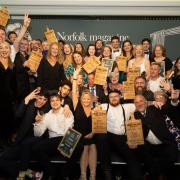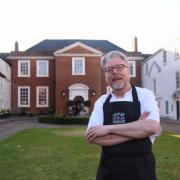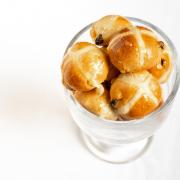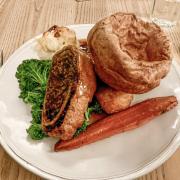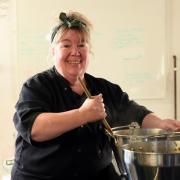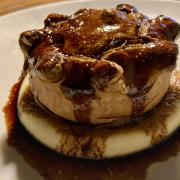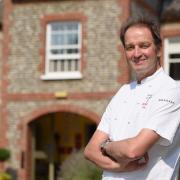A small Norfolk village is home to a thriving bakery that is bringing back traditional, old-fashioned methods to bread-making

A perfectly toasted slice of bread, dripping with butter, is one of life’s simple pleasures. With supermarket loaves dominating our diet, it is hard to remember how good this should taste; that blend of crunch, chew and softness is utterly delicious.
I can’t talk about good food without feeling hungry, so it was with a rumbling stomach I discovered more about Hempnall Village Bakery and the shift towards proper, real, traditional bread. Hannah Scott and her husband Dan run the small bakery from their late 18th century cottage in this prettysouth Norfolk village.
Both worked in the public sector, but it was the birth of their daughter Daphne and ensuing maternity leave that gave Hannah the opportunity to follow her dream of making bread.

“It’s all very small scale,” explains Hannah, showing me the cottage kitchen with a compact stone based bread oven: “We take bread orders on a Thursday and then sell on a Saturday, after a very full-on, extended working day on Friday! It means everything is super-fresh and there is zero wastage.”
Hannah was keen to put right a misconception about bread always being yeasted. “The fact is, we were eating naturally risen, fermented bread long before commercial yeasts came along. It wasn’t until the early 20th century that commercial fast-acting yeasts became widespread.”
Then the Chorleywood process was developed in 1961 and is still used for over 80% of the bread consumed in the UK today. It involves using lower-protein wheat, an assortment of additives, sugar, lots of yeast and high-speed mixing. It creates bread that real bread expert Andrew Whitley has described as ‘schizophrenic about time’ because it is so quick to make, but oddly long-lasting.

In a century, bread-making had been fast-forwarded and industrialised to produce a cheap, almost disposable product. It has played havoc with our digestion and many believe it has resulted in an increase in gluten intolerance. “It’s amazing how many people say they can’t eat bread,” says Hannah with a smile. “Then they try mine and realise it is very different.”
Hannah’s methods are as far from the Chorleywood process as her pan-tiled kitchen is from an industrial factory. She makes sourdough loaves, which rise thanks to fermentation.
Lactic acid forms, which helps break down the gluten, making it easily digested and reducing the likelihood of bloating and stomach pain that sensitive tummies can experience. Hannah also bakes yeasted breads, using long-fermentation.
Instead of the fast-acting yeasts many of us are used to, this approach leaves the dough to rise slowly, overnight, and also creates readily digestible gluten.
This is a small business at the heart of the community. The family have got to know their neighbours and linked with other small food businesses in a time when it seems supermarkets and mass produced food have won the battle.
Hannah is hopeful that we are returning to a local food culture, reawakening a forgotten community memory of how good this feels, and critically, how good this tastes.
To find out more about real bread and to have a go yourself, read Andrew Whitley’s Bread Matters: Why and How to Make Your Own. For more info about Hempnall Village Bakery visit hempnallbakery.co.uk






